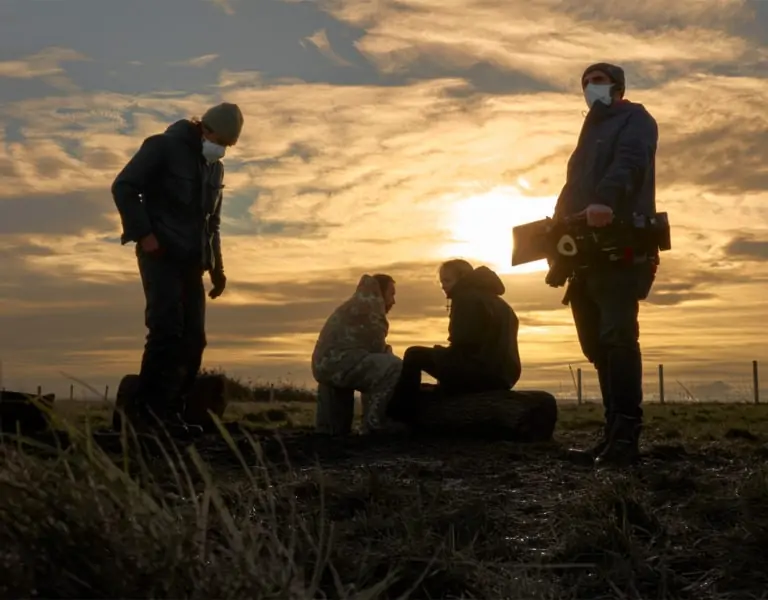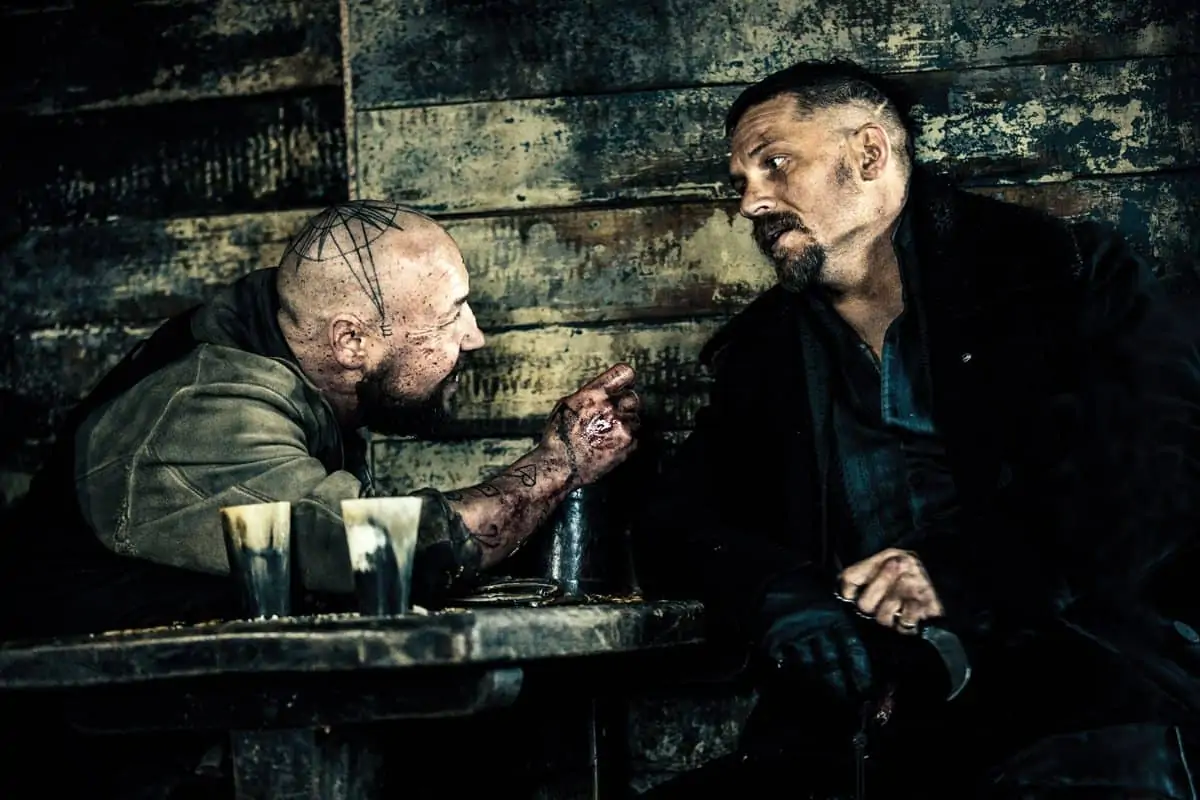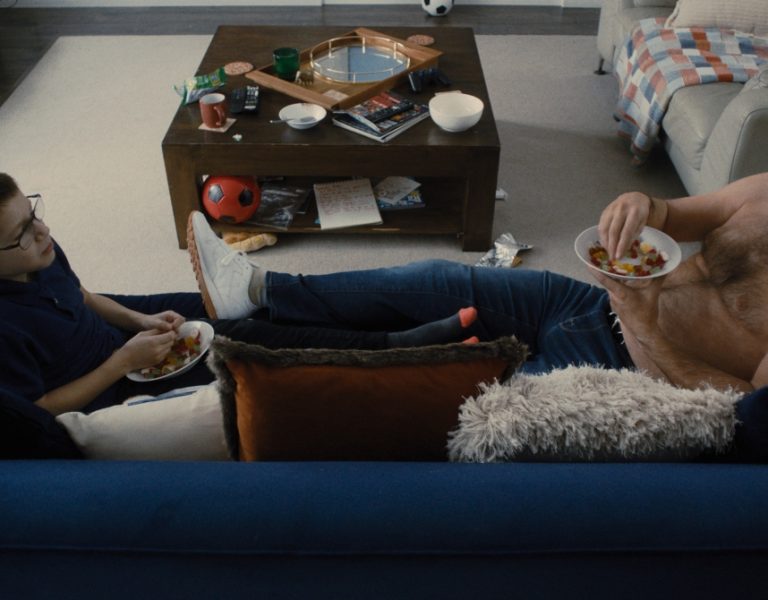WATER WORLD
Filmmakers Mark Zibert and Eric Kaskens, along with award-winning colourist Wade Odlum, worked cinematic magic for a jaw-dropping spot shot dry-for-wet for Canada’s largest museum, spanning the 600-million-year history of life on Earth.
Nirvana’s “Nevermind” album cover, Banksy’s Flower Thrower, and Donald Trump’s baby blimp: just a handful of the cultural references that dapple the Royal Ontario Museum’s powerful short film, Immortal, along with nods to humanity’s darkest moments including the Nazis, the Tiananmen Square Massacre, and the Black Death. The film is the pinnacle of a campaign that aims to shed light on the stories behind the 13 million objects in the Canadian museum’s abundant collection.
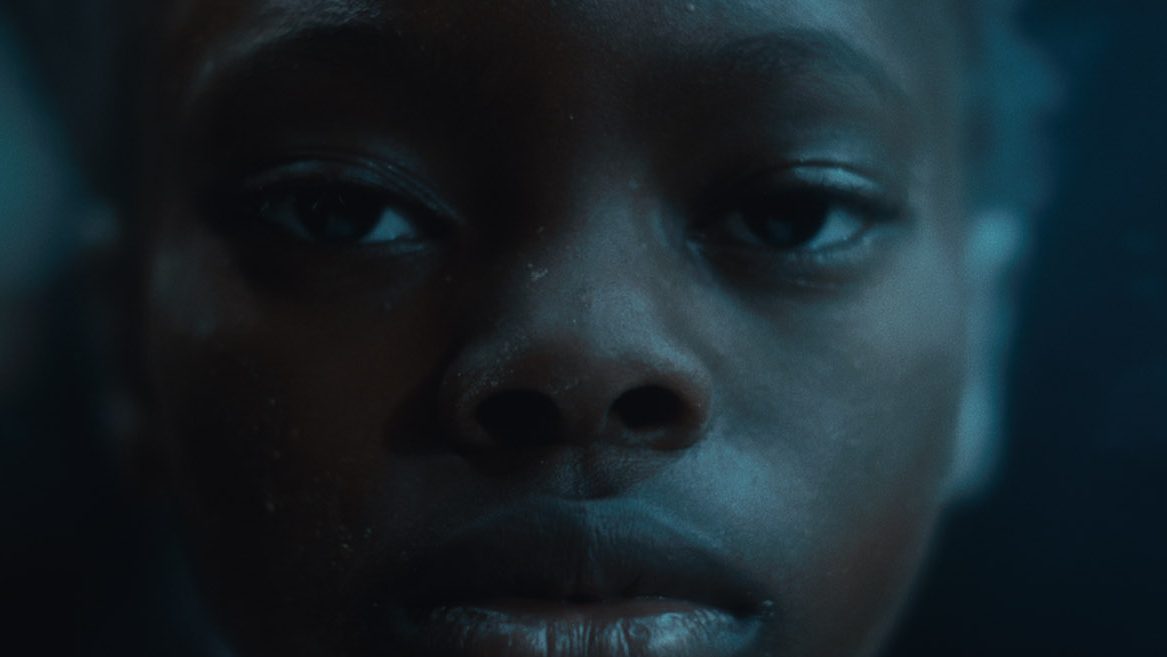
Broken Heart Love Affair enlisted co-cinematographers Mark Zibert (also the film’s director) and Eric Kaskens to create Immortal’s watery snapshot of history. Zibert, who was a prolific stills photographer before moving to directing, has worked with Kaskens, who also comes from a directing background, for the past 15 years, during which the pair have developed a filmmaking synergy, “filling in each other’s week spots when we come to shoot together,” Kaskens adds. “With our backgrounds, we can move quite quickly – the efficiency has been amazing.”
After months spent pinning down the concept for the shoot with Broken Heart’s Carlos Moreno and Denise Rossetto, filming took place in Cape Town in April 2022. Zibert and Kaskens had already been in South Africa for three months and the longer prep allowed them to extensively test the dry for wet technique they wanted to adopt, as the whole spot is set underwater.
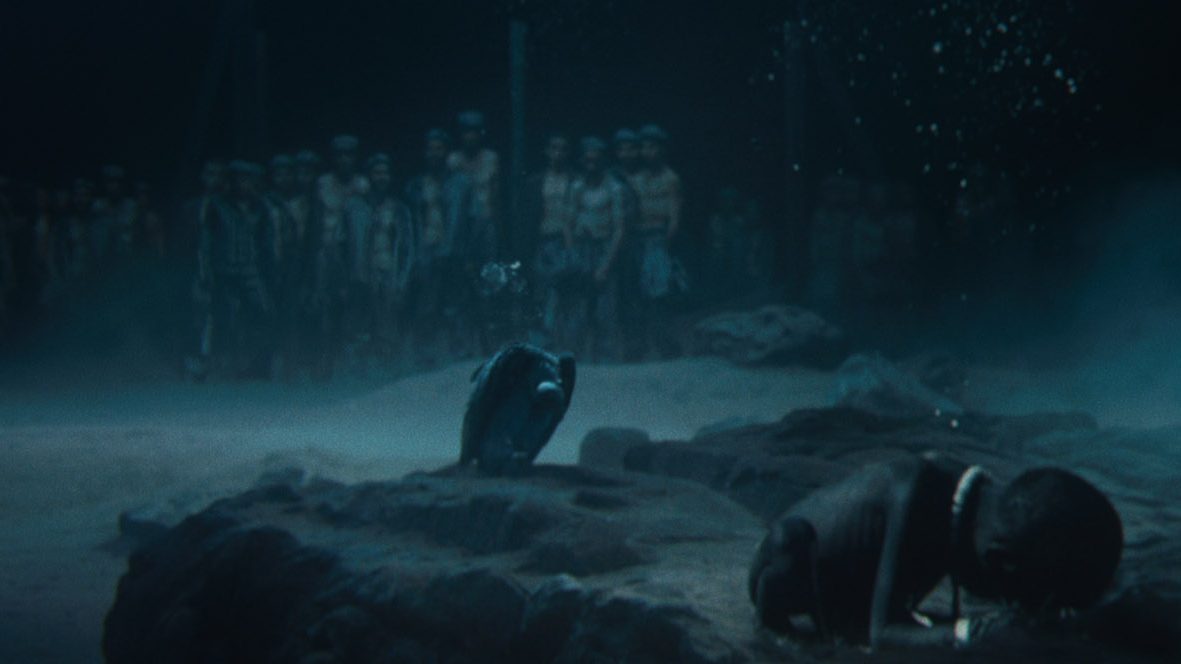
Kaskens cites one technique used successfully in The Shape of Water, where caustic lighting was created with high-powered projectors projecting water ripples on the set and actors. The performers and set pieces were suspended on wires and VFX replaced the hair to achieve the slow-motion look of movement underwater. Instead Kaskens and Zibert decided to shoot at a higher frame rate (200 to 400 fps) to achieve the feel of underwater movement and use particulate and atmosphere on set to recreate the look of water density. Zibert wanted the underwater feel but didn’t want it to dominate; “Once he established it, he wanted it to fade in the background, with the sea floor falling off to black,” Kaskens notes.
The frame rate approach, aided by lighting and art direction to create texture and atmosphere, that Zibert and Kaskens eventually adopted – and where the expertise of long-time collaborator, alter ego’s senior colourist Wade Odlum, came in. In November 2022, Odlum was honoured for the award for the grading of a commercial at the FilmLight Colour Awards Ceremony for his work on Immortal. As well as crafting the spot’s look over his 60-70 hours on the project, he helped layer each shot with subtle effects including flares, textures, caustics and particles to help the viewer feel like they really were submerged, along with heat haze for the slight underwater ripple, and chroma warp and lens blur.
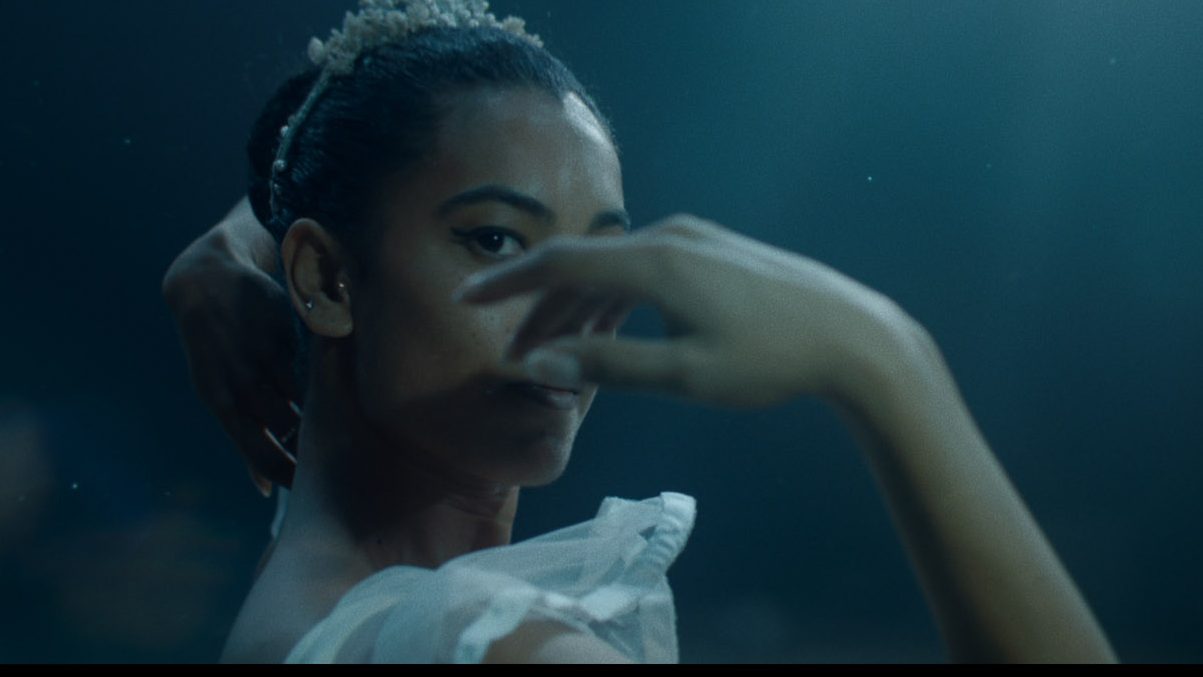
“The most challenging part of this was achieving that underwater look and feel whilst still maintaining a subtlety to it,” Odlum notes. “Mark didn’t want it to feel pushed over the top and washed blue to simulate water. I remembered from scuba diving that red is the first colour to disappear as you descend deeper. Keeping that in mind, we had to find a balance where it felt some of the colour was taken out as it would be underwater but still keep the skin tones real.”
He explains that the colour grade was only one portion of the look. “We really pushed the comp side of things in the Baselight for this one,” he says. “The thing that really made it come together was the layers upon layers of subtle effects we added. Each shot has several layers of dust particles at different sizes and focus to simulate the depth. We then added small bubbles in various shots as well as light rays, flares and caustics. There are several scenes with a fire or explosions, so we added embers of different sizes in the same way as the dust. There is even a shot where we added some lightning.”

In terms of in camera effects, Zibert wanted to put a lot of effort in creating authentic caustic lighting on the actors. In his stills career, the director-DP had achieved this water ripple effect using reflective silver material, so he and Kaskens tested creating the same effect using an M-40 bounced into some Rosco mirror gel and then loosely hung in a frame and articulated. “For close ups, Mark challenged us to find a way to improve the caustic reflections on the actors, and I was struggling with that,” Kaskens recalls. “Finally, he picked up a half empty water bottle and held a 3200 lumen flashlight through the bottom of the bottle and shook it creating these very effective water ripples. It’s what we ended up using on the face, and that’s come from Mark’s stills experience.”
Immortal was shot on the ARRI Alexa Mini, complemented by the Phantom Flex 4K and Go Pro Hero 10, with both Zibert and Kaskens operating. Using ZEISS Super Speed Primes, shot wide open as they were shooting at 200-400 FPS, helped the team create the feeling and look of water. “They tend to lose their contrast when they’re wide open and get this muted look, and when you’re underwater, you lose colours in the spectrum,” comments Kaskens. “That plays to the strengths of those primes, and I think they’re still the best value lens for the money.”
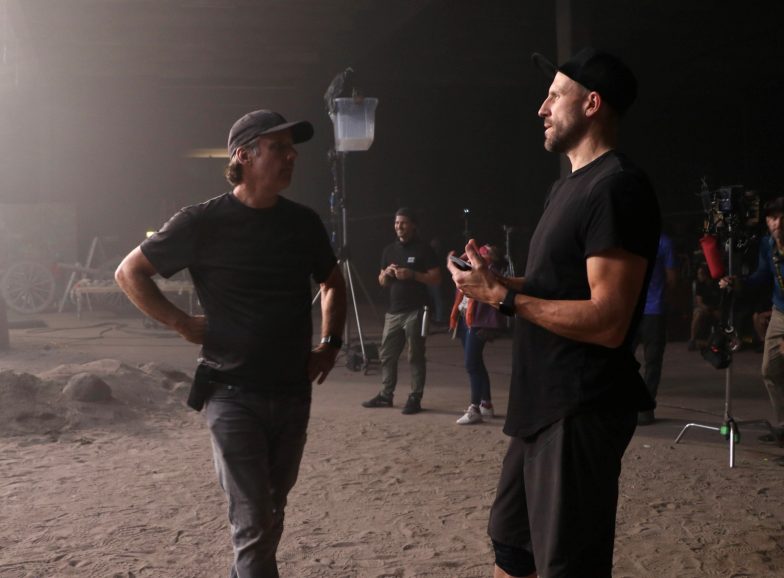
The filmmakers were pleased with how their creation, which has since been viewed over 100,000 times on YouTube since its release in summer 2022, turned out. “If I had to do it all over again, with an unlimited budget, I would do it exactly the way we did it,” Zibert says. “I felt like this holistic, in-camera approach was super effective. The sum of all these little techniques coming together really created an analogue approach to this underwater journey – it was perfect.”




